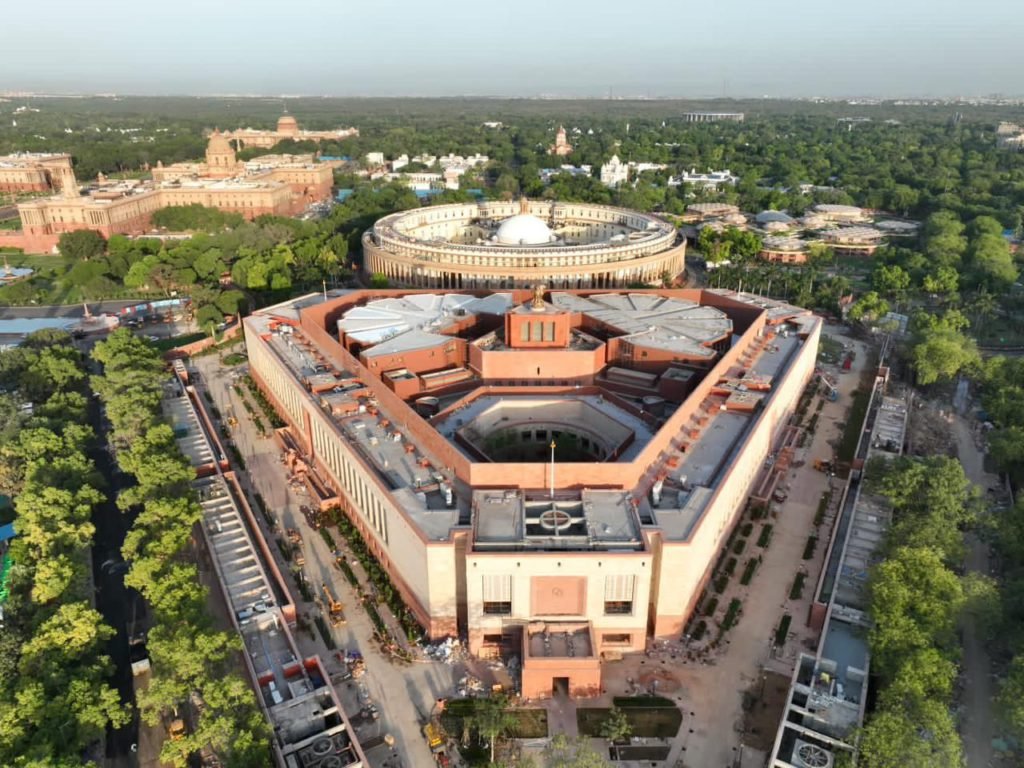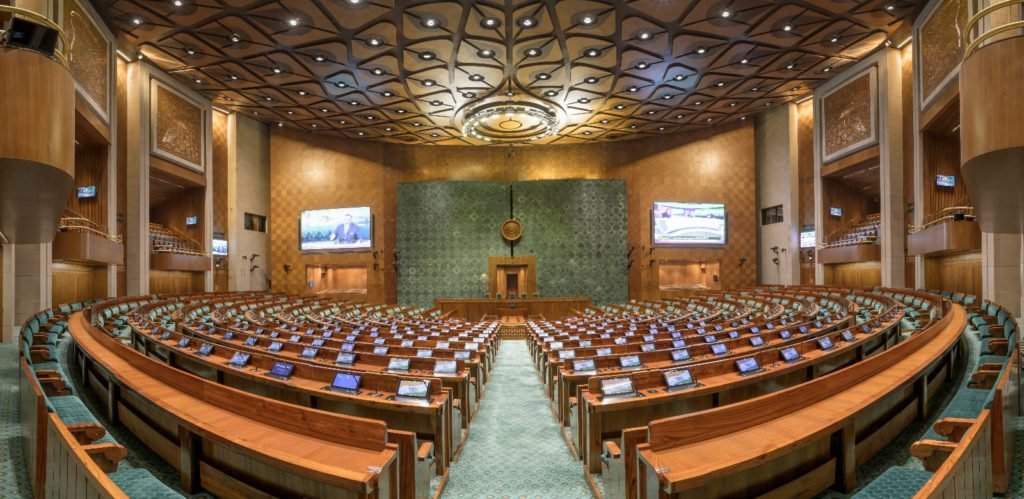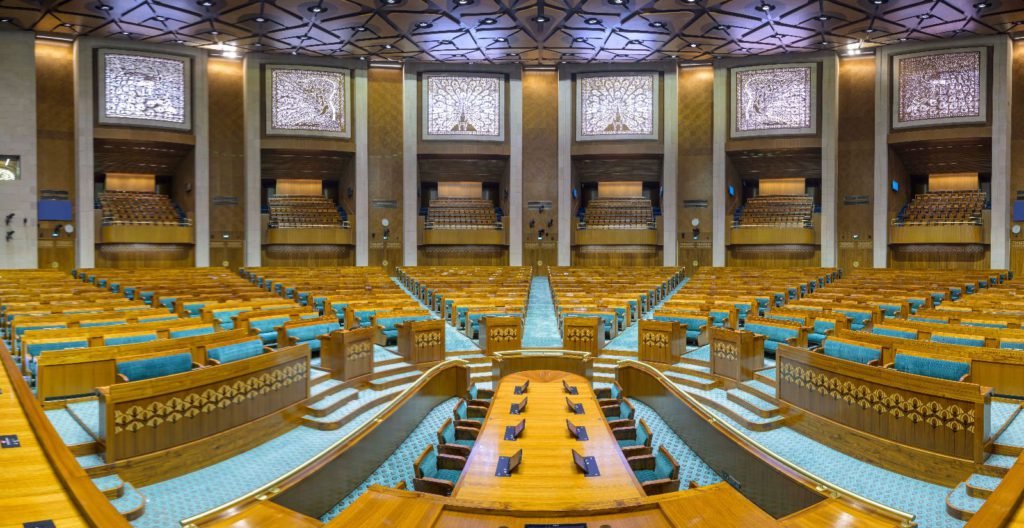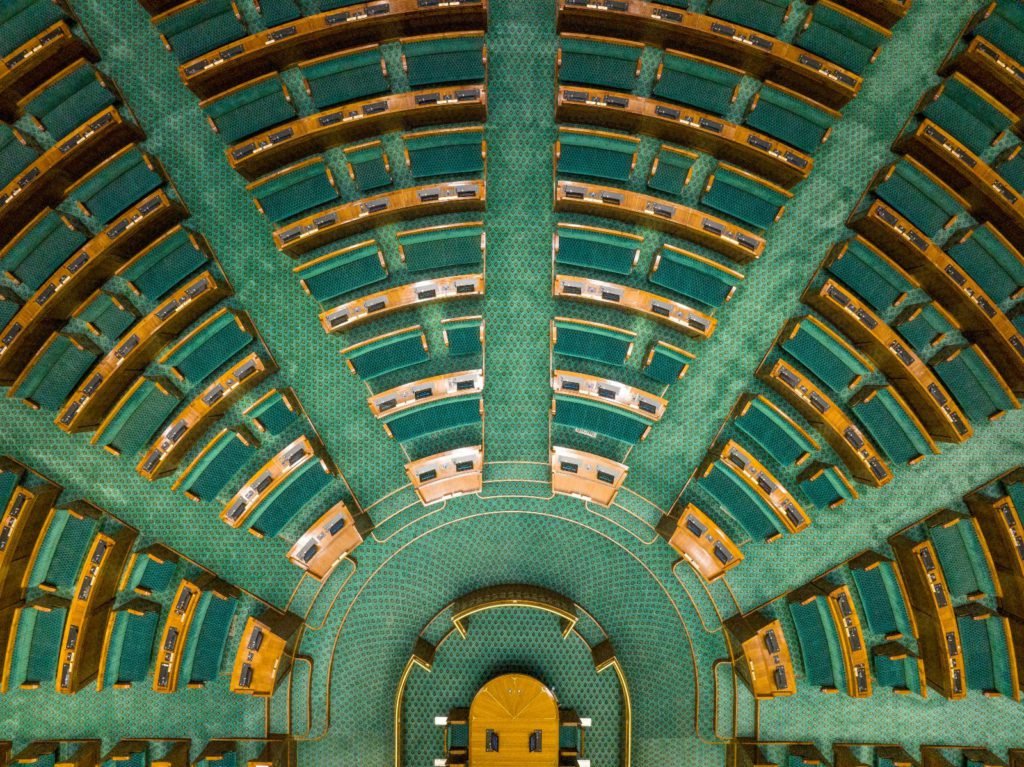10 key features of the newly inaugurated indian parliament

In a magnificent display of architectural prowess and a testament to India’s democratic evolution, the New Indian Parliament emerges as a beacon of modernity and national pride. Designed to accommodate the needs of a growing nation and to symbolize its progressive spirit, this remarkable edifice stands tall in the heart of New Delhi.
With its cutting-edge facilities, inclusive design, and sustainable features, the New Indian Parliament embodies the aspirations of a vibrant democracy and sets the stage for a new era of legislative excellence.
Inaugurated in 1931, the Central Vista included the Rashtrapati Bhavan, North and South Blocks, the Parliament House, the Record Office (later named The National Archives) along with the India Gate monument and the civic gardens on either side of the Rajpath.
As per the official Central Vista website, the reason for the construction of the new parliament house is, “The present building was never designed to accommodate a bicameral legislature for a full-fledged democracy. The number of Lok Sabha seats has remained unaltered at 545 based on the delimitation carried out on the basis of the 1971 Census. It is likely to increase substantially after 2026 as the freeze on the total number of seats is only till 2026.”

“The seating arrangements are cramped and cumbersome, with no desks beyond the second row. The Central Hall has a seating capacity of only 440 persons. When the Joint Sessions are held, the problem of limited seats amplifies. Due to limited space for movement, it is also a huge security risk.”
The new Indian parliament got inaugurated on May 28, 2023.
Here are the 10 key features of the New Indian Parliament which got inaugurated on May 28, 2023, by Indian Prime Minister, Narendra Modi.
- Iconic Architecture:
The new Indian Parliament, designed by HCP Design, Planning and Management Pvt. Ltd., showcases a stunning architectural design that blends modernity with elements of India’s rich cultural heritage. It serves as a symbol of India’s democratic values and progress.

Enhanced Capacity:
The new Parliament building has been constructed with increased seating capacity to accommodate the growing number of Members of Parliament (MPs). It can now accommodate up to 1,200 MPs, compared to the previous capacity of 543 MPs, facilitating smoother legislative proceedings.

Area and Cost:
The new Parliament building spans an area of approximately 64,500 square meters (around 695,000 square feet). The project was estimated to cost around ₹971 crores (approximately $130 million).

Sustainable and Eco-friendly Design:
The new Parliament embraces sustainable practices, integrating green technologies and environmentally friendly features. It aims to achieve a LEED Platinum rating, incorporating energy-efficient lighting systems, rainwater harvesting, and renewable energy sources.
According to PIB, “The overall objective of works planned on the Central Vista is to ensure environmental sustainability, expand and improve public space, and extend its axis. The New India Garden is being planned near the River Yamuna. A publicly-accessible National Biodiversity Arboretum is also planned to the west of the President’s estate, to showcase endangered plants of India in high-tech greenhouses set amidst indigenous forestation.”

Construction:
The construction of the new Parliament building is being carried out by Tata Projects Limited, an engineering, procurement, and construction company based in India. The project commenced in September 2020 and got completed in May 2023.
Technologically Advanced Chambers:
The chambers within the new Parliament are equipped with cutting-edge technology, including digital voting systems and real-time translation services. These advancements enhance efficiency, accuracy, and transparency during debates and voting processes.

Cultural and Exhibition Spaces:
The new Parliament building includes dedicated spaces for promoting India’s rich cultural heritage and showcasing exhibitions. These areas provide a platform for art, culture, history, and national pride, fostering a sense of unity and appreciation for India’s diverse heritage.
Security Measures:
The new Parliament implements robust security measures to ensure the safety and protection of Members of Parliament, staff, and visitors. Advanced surveillance systems, access controls, and emergency response protocols contribute to a secure working environment.
Integration of Public Spaces:
The new Parliament complex includes public spaces and gardens that encourage citizen engagement and interaction. These areas provide opportunities for public gatherings, events, and peaceful protests, emphasizing the democratic nature of the institution.

Promoting Transit Orient Development:
The Central Vista Development/Redevelopment project has been envisaged by integrating the principles of transit-oriented development. All buildings of the Central Secretariat will be connected to each other and to Delhi’s metro network via a secure underground people mover and with the city’s bus network via a grade shuttle.
As a result of the uptake of shared transit facilities, overall emission and air pollution level from personal vehicles is expected to reduce, resulting in the improvement in the overall air quality of the capital city.
Share Your Urban Stories! Have insights on urban challenges or solutions? Submit your press releases on urban issues to urbanvoicesin@gmail.com. Let your voice shape the conversation and inspire change in our cities.
